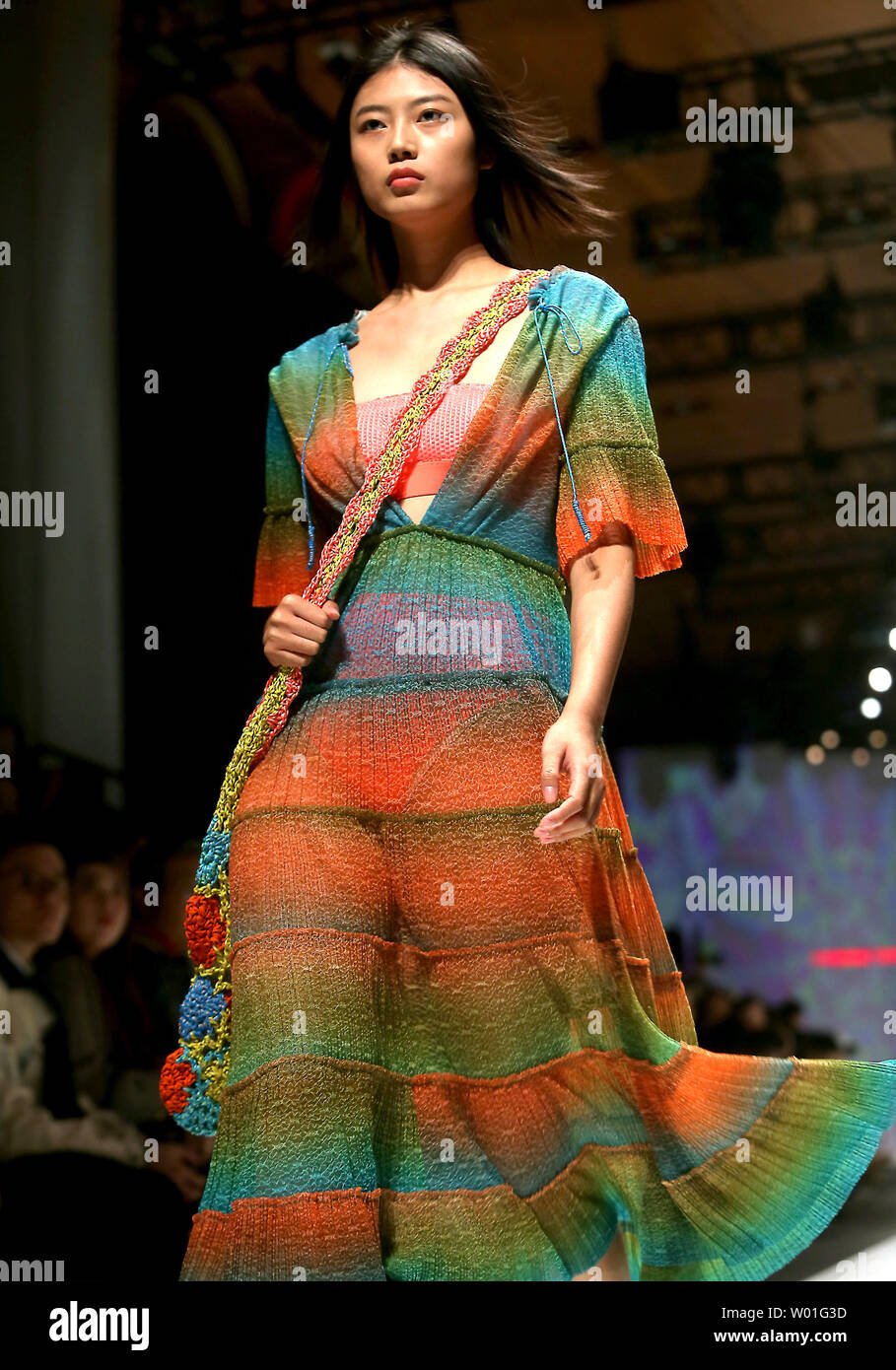Discover Standard and Modern Eastern Wear Pakistan Collections Online
Discover Standard and Modern Eastern Wear Pakistan Collections Online
Blog Article
Unlock the Tricks of Ageless Eastern Use
Discovering the enigmatic realm of ageless Eastern wear explores a realm where history, artistry, and culture converge to create garments that transcend mere fabric and thread. The intricate tapestry of tradition interwoven with modern elements offers a peek into a world where every stitch informs a tale, every concept an icon of value. Introducing the secrets behind these developments reveals a tapestry of heritage waiting to be deciphered, inviting one to journey with the angelic charm and mystique of Eastern style.
Background of Eastern Style
The background of Eastern style go back centuries, showing the rich cultural heritage and traditions of varied areas across Asia. Each area boasts its distinct designs, fabrics, and layouts that have been affected by variables like environment, religion, social status, and profession paths. eastern wear pakistan. For example, the intricate silk garments of China signify sophistication and class, while the vibrant saris of India display a kaleidoscope of patterns and colors.
In Japan, the bathrobe has actually been an icon of tradition and refinement for generations, with different styles used for different events. The background of Eastern style is a tapestry of innovation and practice, blending ancient methods with modern influences to create an ever-evolving and vibrant market.
Value of Traditional Outfit
Conventional clothes acts as a cultural emblem, symbolizing the values, beliefs, and heritage of communities in Eastern societies. eastern wear pakistan. These garments are not merely pieces of fabric yet are symbolic depictions of the abundant history and traditions passed down via generations. In Eastern societies, traditional attire plays a considerable function in ceremonies, celebrations, and life, reflecting the social status, regional associations, and even marital status of people
The value of standard clothes exceeds aesthetics; it is a means for people to get in touch with their roots and express satisfaction in their cultural identity. Each garment, from the detailed sarees of India to the moving hanboks of Korea, brings with it a narrative of workmanship, importance, and meaning that is deeply deep-rooted in the material of society.
Moreover, typical clothes serves as an aesthetic language, interacting stories of accomplishment, durability, and unity. By putting on these garments, individuals not just honor their heritage yet likewise add to the preservation and celebration of their social legacy.
Advancement of Eastern Embroideries
Eastern needleworks have a rich history that covers centuries and have actually continually evolved to incorporate diverse social impacts and respond to shifting creative patterns. The development of Eastern needleworks can be mapped back to old human beings where intricate designs were hand-stitched onto fabrics using conventional methods.

Today, Eastern needleworks proceed to advance, mixing typical workmanship with modern layout perceptiveness to develop classic items that commemorate the elegance of social variety and creative why not look here technology.
Elegant Fabrics in Eastern Wear
Luxurious textiles play a critical role in elevating the visual charm and quality of Eastern wear, improving the overall appeal and elegance of conventional garments. Eastern wear is renowned for its extravagant fabrics that not just show the area's rich cultural heritage however also symbolize elegance and poise.
Along with silk, textiles like chiffon, velour, and brocade are additionally typically included in Eastern wear. Velvet brings a royal and deluxe feel to conventional sets, while brocade, with its elaborate patterns and metallic strings, includes a touch of magnificence. Chiffon, on the other hand, is favored for its ventilated and lightweight top qualities, making it a preferred choice for streaming shapes and fragile embellishments. These glamorous textiles not only elevate the visual charm of Eastern wear yet also guarantee a feeling of improvement and class that goes beyond time.
Incorporating Eastern Style Today
In modern style landscapes, the assimilation of Eastern affects offers an unified blend of social heritage and modern-day aesthetic appeals. Developers and style lovers alike are accepting the rich tapestry of Eastern fashion, integrating standard elements right into contemporary silhouettes and styles. From complex embroidery to elegant textiles and vibrant shades, Eastern style today supplies a diverse variety of alternatives that satisfy an international target market.
One way Eastern fashion is making its mark in modern wardrobes is via the adaptation of traditional garments such as the kimono, saree, or qipao right into day-to-day wear. These items, when scheduled for special celebrations, are currently reimagined in more casual kinds, enabling their incorporation into day-to-day style options. Additionally, the use of typical patterns and themes in Western-style clothing includes a touch of unique beauty to modern clothing.

Verdict
In final thought, checking out the rich background, relevance, and development of Eastern fashion introduces a deep-rooted link to heritage and values. The lavish fabrics and elaborate embroideries of Eastern use showcase the flexibility and timelessness of standard styles. Including Eastern influences in modern fashion enables a combination of tradition and innovation, producing a harmonious equilibrium between the past and the existing.
Extravagant textiles play a crucial function in boosting the aesthetic allure and high quality of Eastern wear, enhancing the general allure and class of conventional garments. Developers and fashion fanatics alike are accepting the abundant tapestry of Eastern fashion, including standard elements right into modern shapes and styles. From detailed embroidery to extravagant fabrics and lively colors, Eastern fashion today offers a varied array of choices that provide to a worldwide target market.
One way Eastern style is making its mark in contemporary closets is via the adaptation of typical garments such as the robe, saree, or qipao right into day-to-day wear. The glamorous fabrics and complex needleworks of Eastern put on display the adaptability and eternity of traditional styles.
Report this page